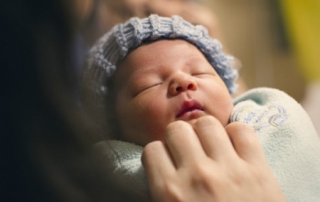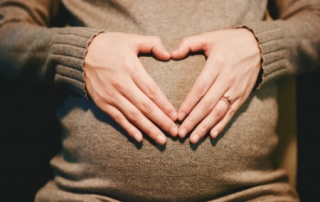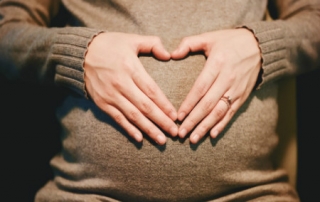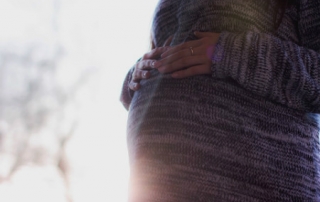PPHN and SSRIs: Yet Another Study
A few weeks after the FDA called into question the association between SSRI exposure and persistent pulmonary hypertension of the newborn or PPHN, BMJ published another article supporting an increased risk of PPHN among infants exposed to SSRIs in utero.








![By Vera Kratochvil [Public domain], via Wikimedia Commons](https://womensmentalhealth.org/wp-content/uploads/2015/06/Mother_Kissing_Baby-320x202.jpg)